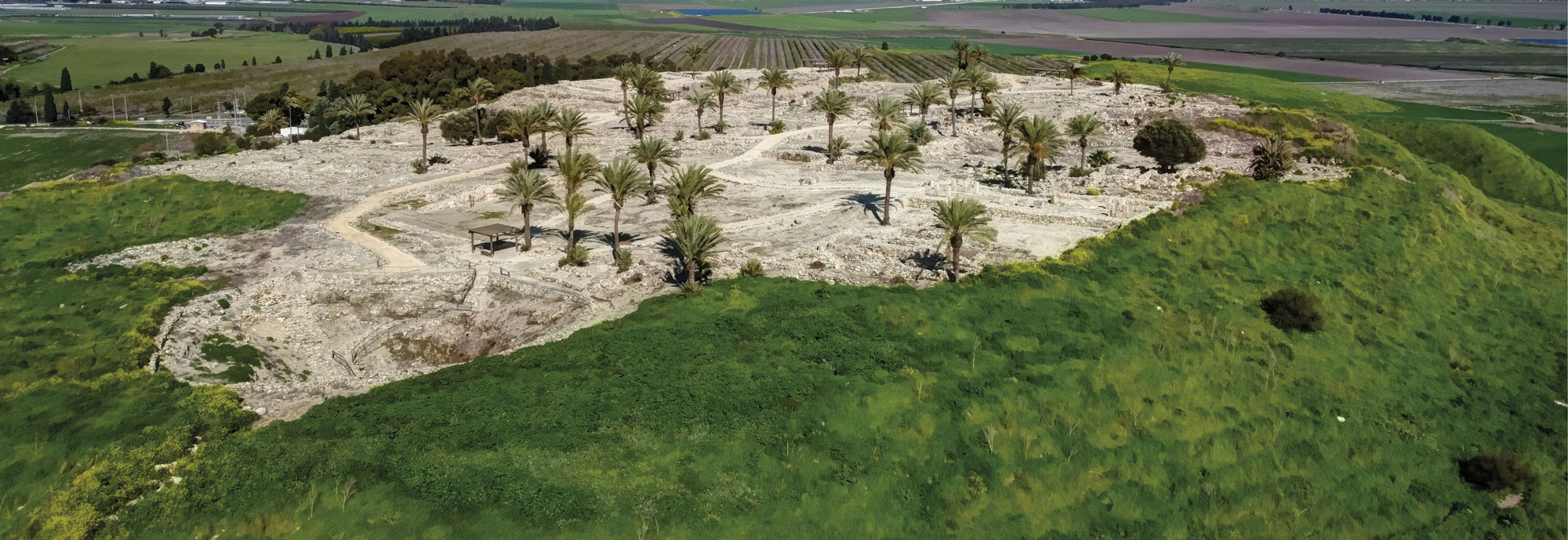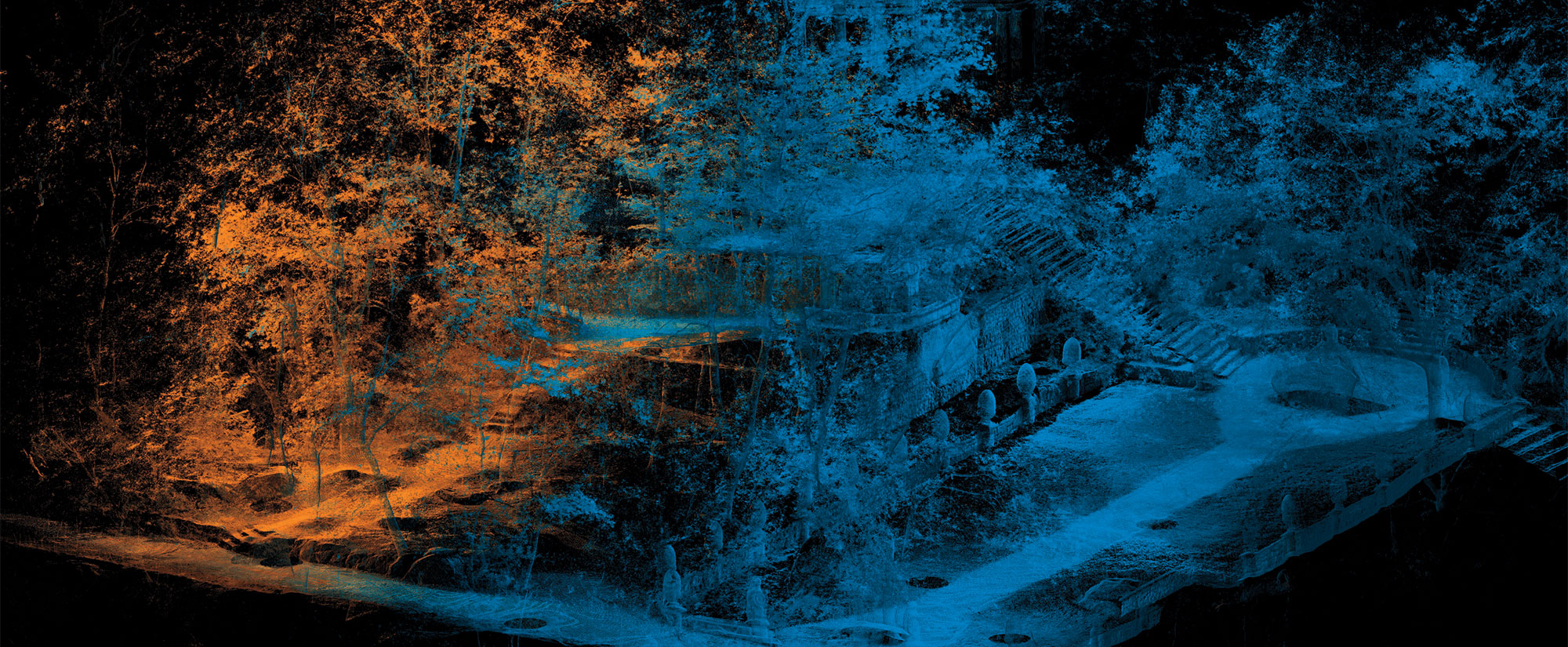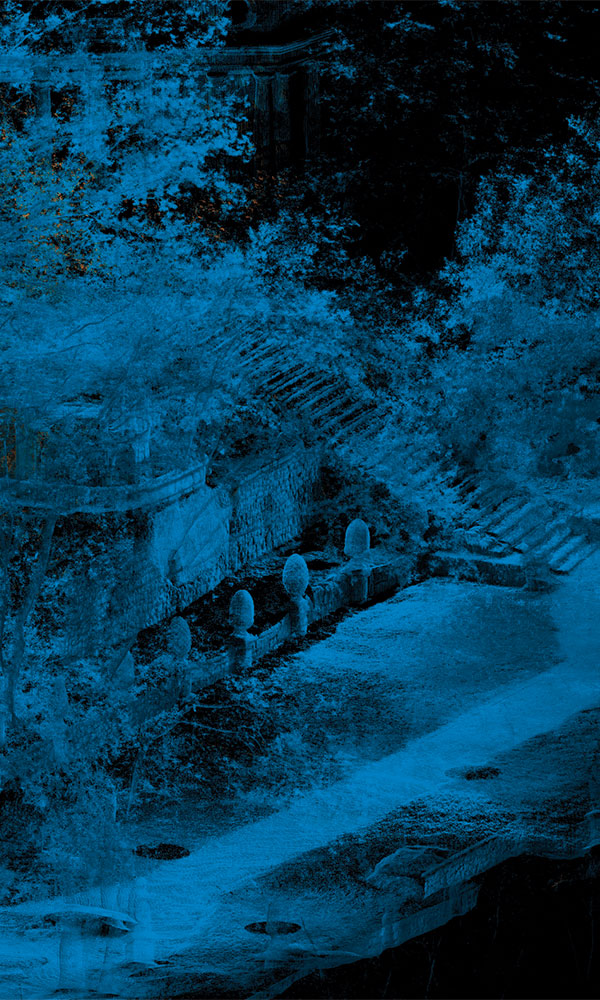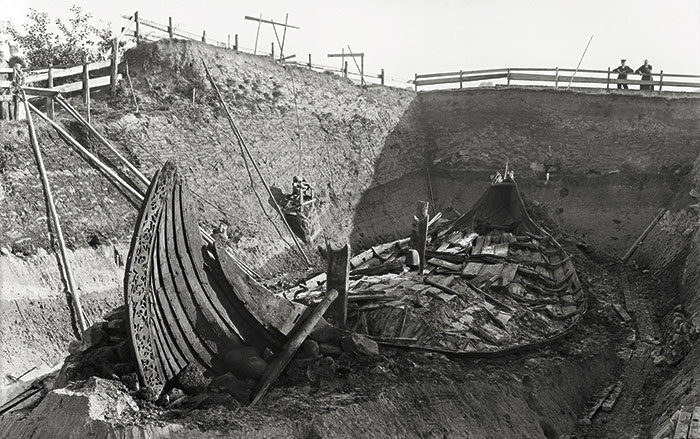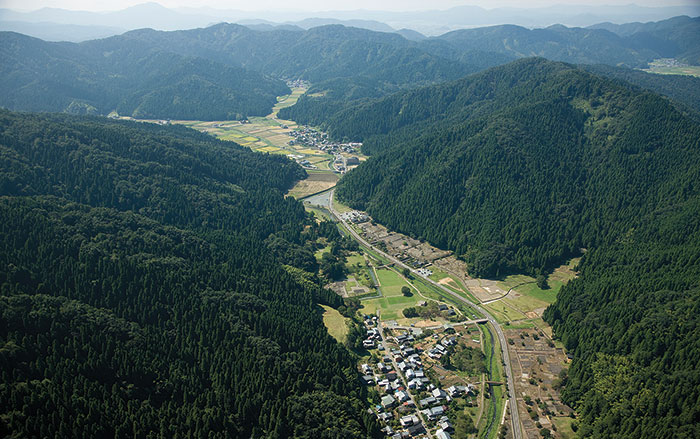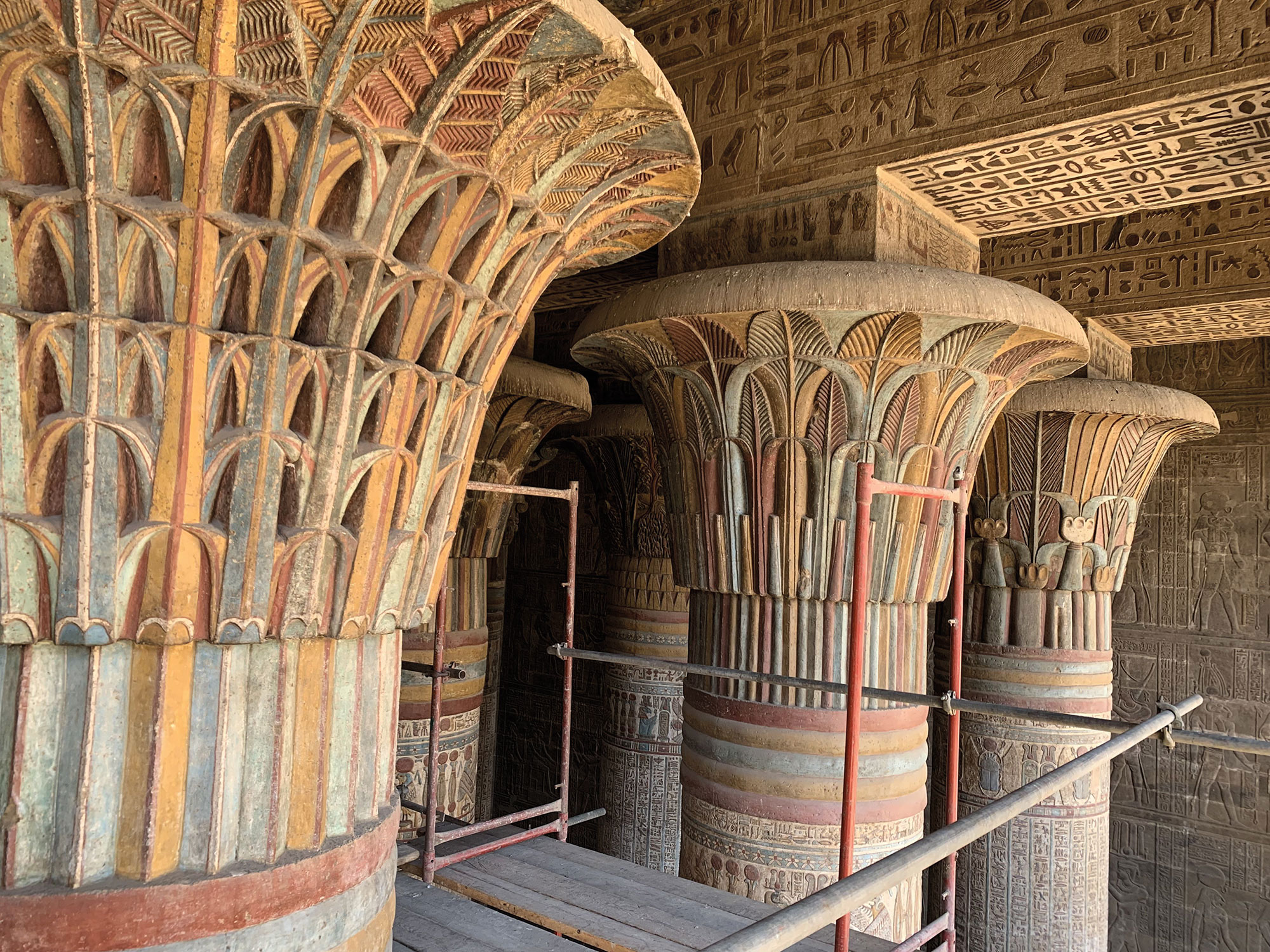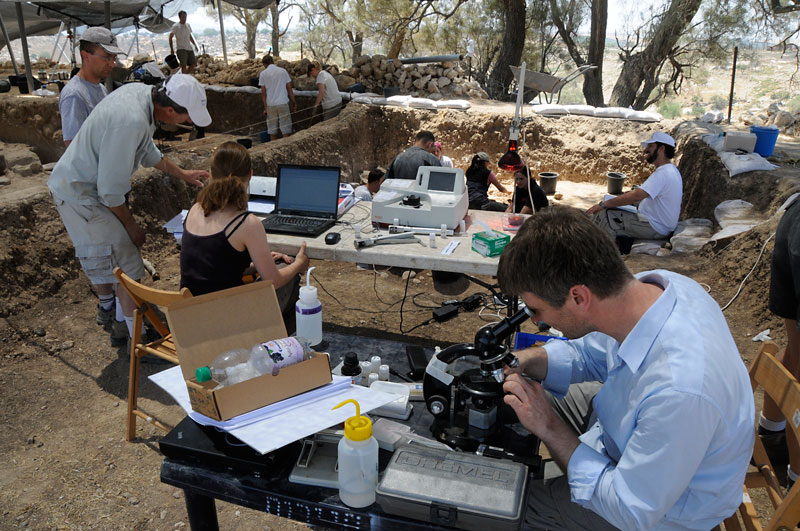
(Courtesy Aren M. Maeir, Tell es-Safi/Gath Archaeological Project, Bar-Ilan University)
Recently, excavators uncovered a crucible at Tell es-Safi/Gath, the site of a tenth-century B.C. Philistine city in southern Israel. Many excavation teams would have continued digging, overlooking nearby evidence. Instead, thanks to the presence of instruments that are more typically found in a laboratory, the Tell es-Safi/Gath team—which includes chemists, zoologists, and metallurgists—took a time out. Several square yards surrounding the crucible were examined in excruciating detail. Samples of sediment were tested, and scientists confirmed the presence of copper and iron as well as hammerscale, flakes of iron that fly off when the metal is forged.
These results answered a puzzle that had perplexed researchers for years: Although there is much evidence of metallurgy throughout early Iron Age Israel, archaeologists never find workshops. "There's very little infrastructure," says Steve Weiner, a researcher at the Weizmann Institute in Rehovot, Israel. Here, finally, was clear evidence that a metalsmith worked at that location. "You go around with your anvil, like the gypsies used to do, and make a pot on the spot. And you move on and leave nothing."
The use of devices such as infrared spectrometers and X-ray fluorescence analyzers is allowing archaeologists to read deeper into the archaeological record, beyond what can be seen by the naked eye. Thomas Levy, a researcher at the University of California, San Diego, says that more and more excavators are taking this new approach. "The portability and the drop in price of these high-precision scientific instruments are creating a sea change in the way that we do field archaeology," he says.
In the late 1980s, Weiner, whose background is in geology and chemistry, began accompanying archaeologists on digs, carrying with him a first-generation portable infrared spectrometer. Since then, he's traveled with such equipment to sites in China, France, and the Mediterranean. He calls this novel approach to archaeology "microarchaeology"—"like 'microbiology,'" he says, "which is the biology of things you can't see with the eye." In addition to allowing excavators to glean more information from the evidence they find, the methodology also avoids a reliance on off-site labs where samples from digs are sent for analysis, which can delay results for months to years after an excavation.
With Weiner in tow, however, if archaeologists uncovered, say, a white, flat layer, they could pass a sample to him for immediate analysis. Weiner could then load it into his infrared spectrometer, which shines a light similar to the one a remote control uses to change the channels on a TV on the sample. The instrument displays a spectrum with peaks corresponding to the unique wavelengths of light that a material absorbs. In this case, it quickly tells excavators whether they've uncovered phytoliths (silica-based remnants of ancient vegetation) or calcite (a primary constituent of limestone, as well as of man-made plaster).
Recently, Weiner and colleagues at the Weizmann Institute exploited the fact that the infrared light is probing the bonds between atoms in a material to take the analysis one step further. The heights and widths of the peaks on a spectrum offer clues to how tightly the atoms are arranged—taller, sharper peaks indicate more disorder—allowing Weiner to differentiate between subtypes of calcite: sedimentary limestone, plaster used in building, or wood ash, which is evidence of fire-related entities, like ovens or kilns.
This year, Weiner collaborated with two materials scientists, Kristin Poduska at Memorial University in Newfoundland and Stefano Curtarolo at Duke University, to refine his method and provide a framework for extending it to materials beyond calcite, such as bone. Over time, bone that's not well preserved tends to recrystallize—meaning its internal structure tightens, becoming less disordered, and samples become poor candidates for radiocarbon dating or DNA analysis. "If you can check right away," says Poduska, "you can say, 'Wow, these bones aren't very well crystallized—we should take more samples.'" Curtarolo believes that in 20 to 30 years, scientists could develop spectral fingerprints for the majority of minerals that archaeologists might encounter during excavations.
Microarchaeology offers not just quicker analysis of finds on-site, it also allows excavators to restrategize digs on the fly based on solid knowledge of what they've found. Case in point: the metal-making center at Tell es-Safi/Gath. Says dig director Aren Meier, an archaeologist at Bar-Ilan University, "Perhaps some of these barely noticeable areas where metal production was conducted would have been plowed through in the past."





